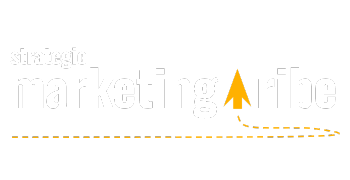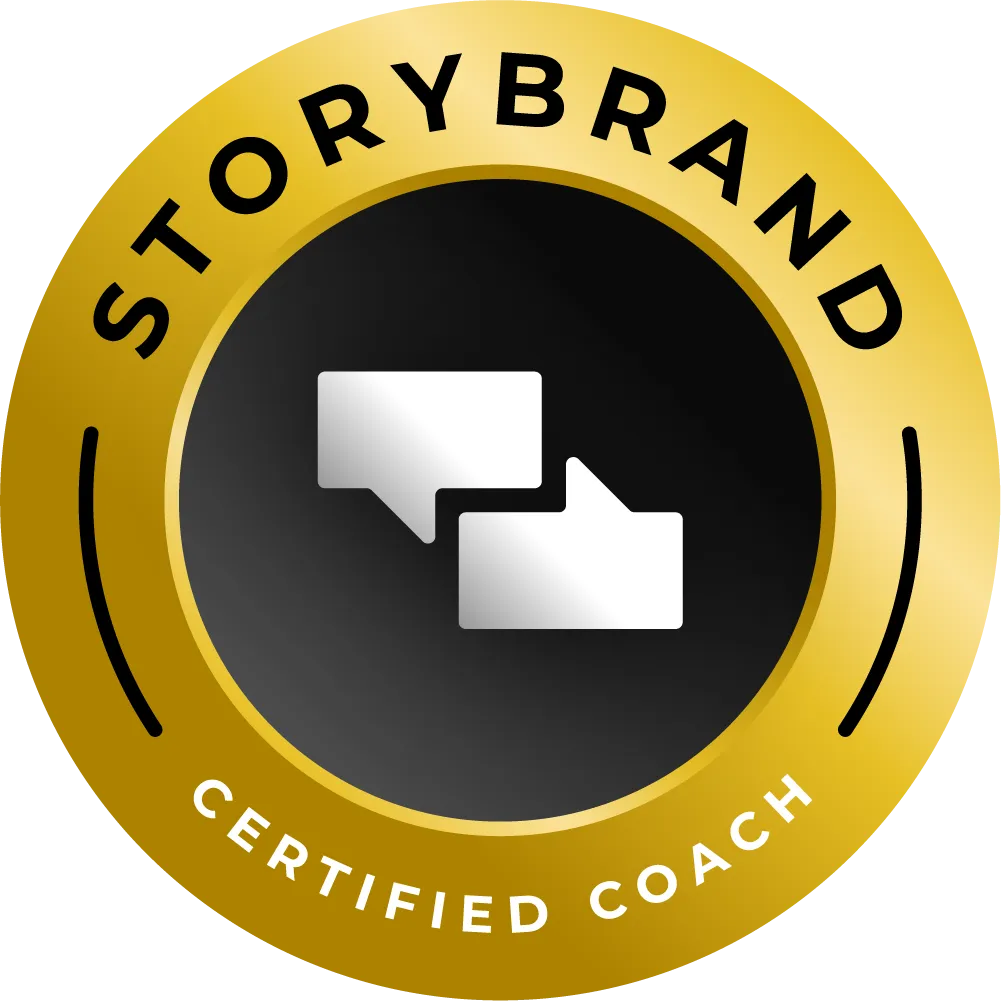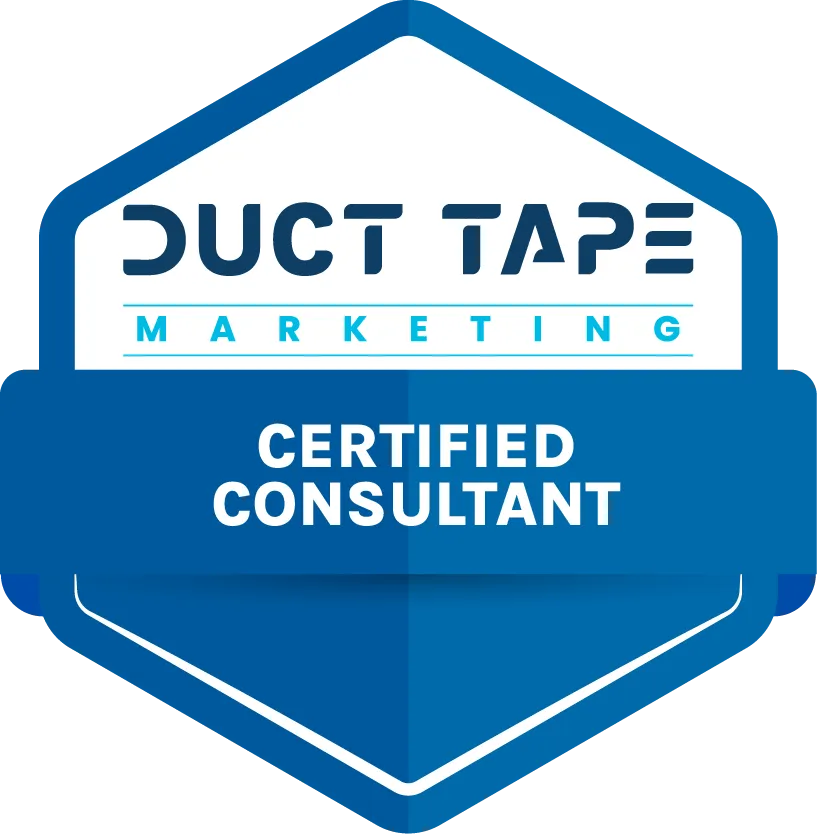NEWS, MEET STRATEGY
Real news, real insights – for small businesses who want to understand what’s happening and why it matters.

10 Best Content Types for Small Business Marketing
By Vicky Sidler | Published 12 November 2025 at 12:00 GMT+2
If you’ve ever stared at a blank content calendar and thought, “I should really be doing more,” you’re not alone.
Small business owners are constantly told to “do content marketing”—like it’s a one-click fix. Post on Instagram. Start a podcast. Send a newsletter. Make a video. Go viral. Go broke.
In reality, you don’t need to do everything. You just need to choose a few content types that make sense for you and your audience—and stick to them.
I’m Vicky Sidler, a StoryBrand Certified Guide and Duct Tape Marketing strategist who believes the businesses that succeed aren’t the ones doing the most. They’re the ones doing a few things consistently, based on what they’re good at and what their audience actually pays attention to.
So here’s a practical breakdown of the 10 most useful content types for small businesses, when to use each, and how to avoid burning out along the way.
TL;DR:
Blog posts are still your best SEO bet
Short-form video builds trust and engagement fast
Email delivers the best ROI of any format
Long-form content and case studies are great lead magnets
Pick 2 or 3 types based on your strengths and audience
👉 Need help getting your message right? Download the 5-Minute Marketing Fix
Table of Contents:
10 Best Content Types for Small Business Marketing
2. Video—The Face of Your Brand:
3. Social Media—Be Consistent, Not Constant:
4. Email—The Underrated Powerhouse:
5. Infographics—Visual Brains Love This:
6. Long-Form Content—The Lead Magnet Play:
7. Podcasts—For Talkers, Not Writers:
8. Case Studies—Real Stories, Real Trust:
9. Interactive Content—Quizzes and Tools:
10. User-Generated Content—Let Your Customers Do the Talking:
1. The Complete Guide to Strategic Marketing
2. Learn How to Research Your Target Audience Using Free Tools
5. Marketing Hourglass Explained: A Smarter Way to Grow Your Small Business
FAQs on Small Business Content Types
1. What are the best content types for small businesses?
2. How do I choose the right content type for my business?
3. Do I need to be on every social media platform?
4. What kind of blog posts work best for small business SEO?
5. Is video really worth the effort for small businesses?
6. How often should I email my list?
7. What is long-form content and do I need it?
8. How can I repurpose my content without it feeling repetitive?
9. What if I don’t have time to create content consistently?
1. Blog Posts—Still the MVP:
Let’s start with the old faithful: blogging. It might not be flashy, but it works.
Well-written blog posts help your site show up in search results, build credibility, and educate your audience. Whether you're writing how-tos, problem-solvers, or deep-dive guides, blogs are the content gift that keeps giving. They also make great source material for social posts, email newsletters, and video scripts.
Best for: Showing up in Google, answering questions, building trust.
Keep in mind: One good blog post a month is better than five forgettable ones.
2. Video—The Face of Your Brand:
Video does something most other content can’t—it shows your personality. That’s part of why it converts so well.
Short-form clips are great for product tips, quick insights, or behind-the-scenes moments. Longer videos can walk customers through your process or explain tricky topics. Don’t stress about gear. Your phone is fine. What matters more is clarity, confidence, and captions.
Best for: Building connection, explaining clearly, standing out on social.
Keep in mind: Focus on one clear point per video, especially under 2 minutes.
3. Social Media—Be Consistent, Not Constant:
Social media helps people get to know your business before they ever buy from you. But that doesn’t mean you need to post every day.
Different platforms suit different goals. LinkedIn is great for industry insights and updates. Instagram is more visual and behind-the-scenes. Facebook leans toward events and community. Twitter (or X) is good for quick thoughts and real-time interaction.
Whatever you choose, stay consistent and speak like a human. Your brand voice matters more than a perfect caption.
Best for: Building familiarity, staying top of mind, starting conversations.
Keep in mind: 3–5 posts a week is plenty—quality over quantity.
4. Email—The Underrated Powerhouse:
Social media is rented space. Email is yours.
Email lets you reach people directly, without fighting algorithms. Whether it’s a monthly newsletter or a welcome series for new leads, email is where you can slow down and say something useful.
The ROI speaks for itself. On average, every $1 spent on email earns $42 in return.
Best for: Converting leads, making announcements, building trust.
Keep in mind: Keep emails short, helpful, and skimmable.
5. Infographics—Visual Brains Love This:
If your content has stats, steps, or comparisons, turn it into an infographic. It’s a great way to make complex info easier to understand—and easier to share.
Infographics do especially well on Pinterest and Instagram, and they’re perfect add-ons to blog posts or presentations. You can make them yourself using tools like Canva.
Best for: Summarising processes, visual learners, social sharing.
Keep in mind: Use one clear takeaway per graphic.
6. Long-Form Content—The Lead Magnet Play:
Longer content like eBooks and guides takes time to create—but they’re powerful.
They work best when used as lead magnets. Offer something valuable in exchange for an email address, and you’ve got a list of people who are already interested in what you offer. You can build these from existing content, like blogs or workshop notes.
Best for: Lead generation, authority building.
Keep in mind: Focus on solving one problem in depth.
7. Podcasts—For Talkers, Not Writers:
If you’re better at speaking than typing, podcasting could be your thing.
Podcasts let you share your thoughts, interview interesting people, and build relationships with listeners. You don’t need fancy gear—just a decent mic and something interesting to say.
Best for: Thought leadership, networking, building a loyal audience.
Keep in mind: Make it conversational, not scripted.
8. Case Studies—Real Stories, Real Trust:
You can say you're great. Or you can show it.
A simple case study that walks through a customer problem, your solution, and the result can do more to build trust than any sales page. Add a quote, a before-and-after visual, and make it easy to skim.
Best for: Social proof, trust, sales conversations.
Keep in mind: Focus on relatable problems and measurable outcomes.
9. Interactive Content—Quizzes and Tools:
Quizzes, calculators, and polls don’t just get attention—they keep it.
These tools are great for collecting leads, giving personalised results, or just getting your audience involved. You can even use them to segment your email list based on how people answer.
Best for: Engagement, lead generation, market insights.
Keep in mind: Keep it quick and useful—nobody wants a 40-question quiz.
10. User-Generated Content—Let Your Customers Do the Talking:
Want content without creating it? Encourage your customers to contribute.
Whether it’s reviews, photos, or testimonials, user-generated content builds credibility fast. It also makes your existing customers feel seen and appreciated.
Best for: Authenticity, reach, low-effort social proof.
Keep in mind: Ask permission and always give credit.
So, What Now?
Pick two content types you can actually stick with. That’s it.
Start simple. Blog and email. Video and social. Whatever fits your strengths. From there, you can repurpose, layer, and scale up.
But don’t forget—your message comes first. You can use every content format on the list and still confuse your audience if your message isn’t clear.
Get my 5-Minute Marketing Fix to write one clear sentence that makes all your content easier, faster, and more effective.
Related Articles:
1. The Complete Guide to Strategic Marketing
If you liked the practical breakdown in this post, this guide zooms out and shows you the full strategy behind it. Learn how to match content to real customer needs.
2. Learn How to Research Your Target Audience Using Free Tools
Before you pick your formats, you need to know who you’re talking to. This article gives you step-by-step audience research tips that cost zero.
3. Tired of Explaining What You Do? Here's How a StoryBrand Certified Guide Helps Small Businesses Fix Their Message and Get More Leads
Your content won’t work if your message is fuzzy. This post shows how to clarify what you say before deciding how you say it.
4. Generative AI Is Flooding the Internet With False Content. Here's How Small Business Owners Can Survive the Slop Era
Once you know which content types work, this post helps you make sure your content actually gets noticed and trusted.
5. Marketing Hourglass Explained: A Smarter Way to Grow Your Small Business
You’ve chosen your formats. Now place them at the right moments in your customer’s journey. This post shows you how.
6. Learn a Simple, Free Way to Identify Your Unique Selling Proposition Using Customer Feedback and Proven Frameworks
If your content sounds like everyone else’s, it won’t convert. This article helps you uncover the one thing that makes your message stick.
FAQs on Small Business Content Types
1. What are the best content types for small businesses?
The most effective content types are blog posts, short-form videos, email newsletters, and case studies. Pick two or three based on what you can do consistently and what your audience enjoys.
2. How do I choose the right content type for my business?
Start by considering your strengths. If you like writing, focus on blogs and emails. If you're comfortable on camera, try video. Match the format to your resources and your customer’s preferences.
3. Do I need to be on every social media platform?
No. Pick one or two platforms where your audience actually spends time. Post consistently with a genuine voice. It’s better to show up well in fewer places than to burn out trying to be everywhere.
4. What kind of blog posts work best for small business SEO?
How-to guides, problem-solving articles, and long-form deep dives perform best. These types of posts answer real questions and help your site rank on Google.
5. Is video really worth the effort for small businesses?
Yes—but it doesn’t need to be complicated. Short, authentic videos filmed on your phone can outperform polished ones. Focus on clarity, captions, and consistency.
6. How often should I email my list?
Start with once a month. If you have more to say and your list stays engaged, move to biweekly or weekly. Make it useful, not spammy.
7. What is long-form content and do I need it?
Long-form content is anything over 1,500 words, like eBooks, guides, or whitepapers. It’s great for building authority and generating leads, but only if you can commit to making it valuable.
8. How can I repurpose my content without it feeling repetitive?
Take one core piece (like a blog post), and slice it into smaller pieces—a social post, a newsletter snippet, a short video, a graphic quote. Each one should focus on a single idea from the original.
9. What if I don’t have time to create content consistently?
Then don’t try to do everything. Pick one thing you can stick to and repurpose it. Batch your content when possible and use tools to schedule ahead.
10. Where do I start if I have no content yet?
Start with your message. If your content doesn’t make sense, none of the formats will matter. 👉 Download the5-Minute Marketing Fix to write one clear sentence that makes every piece of content easier to create.
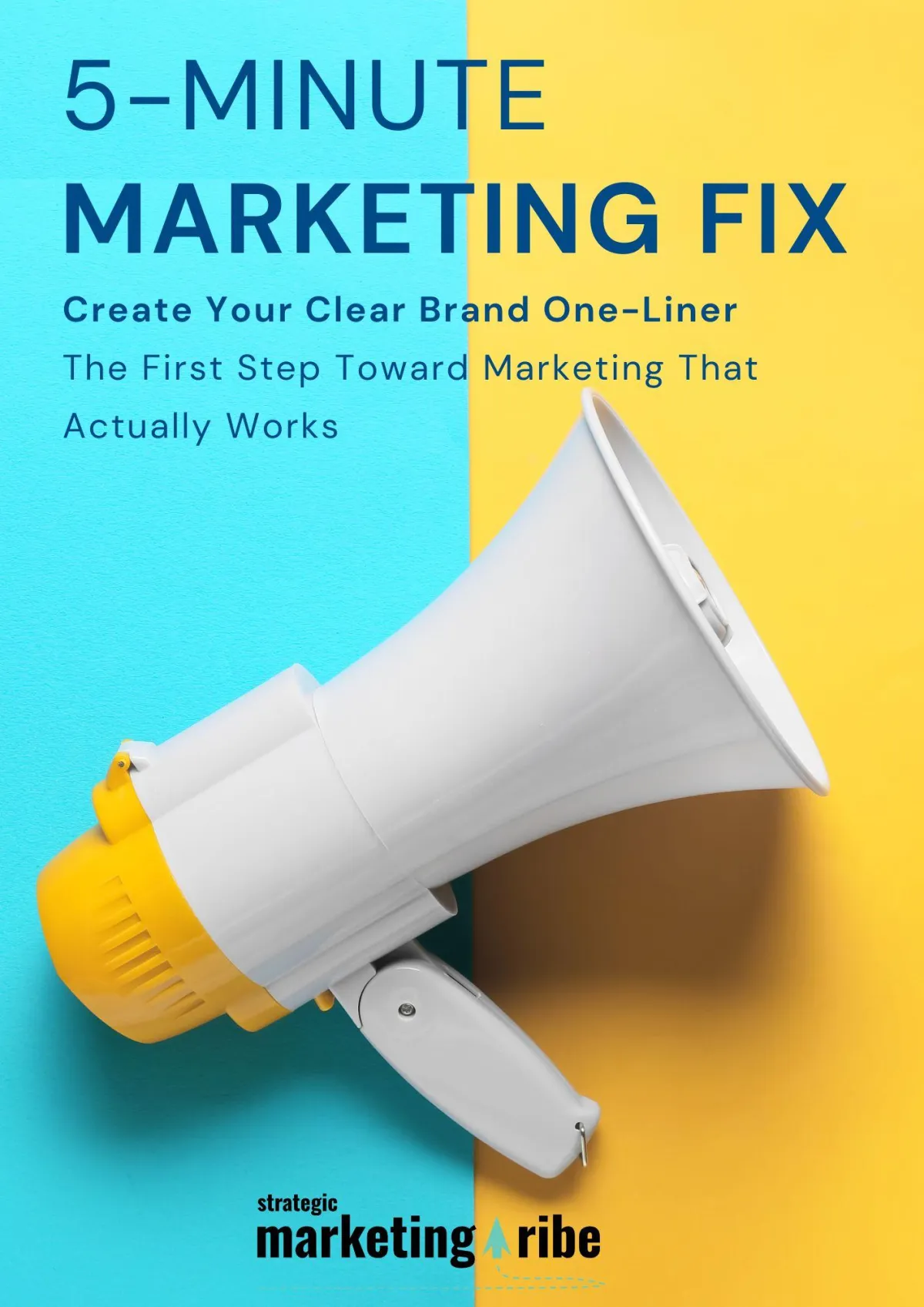
Created with clarity (and coffee)

